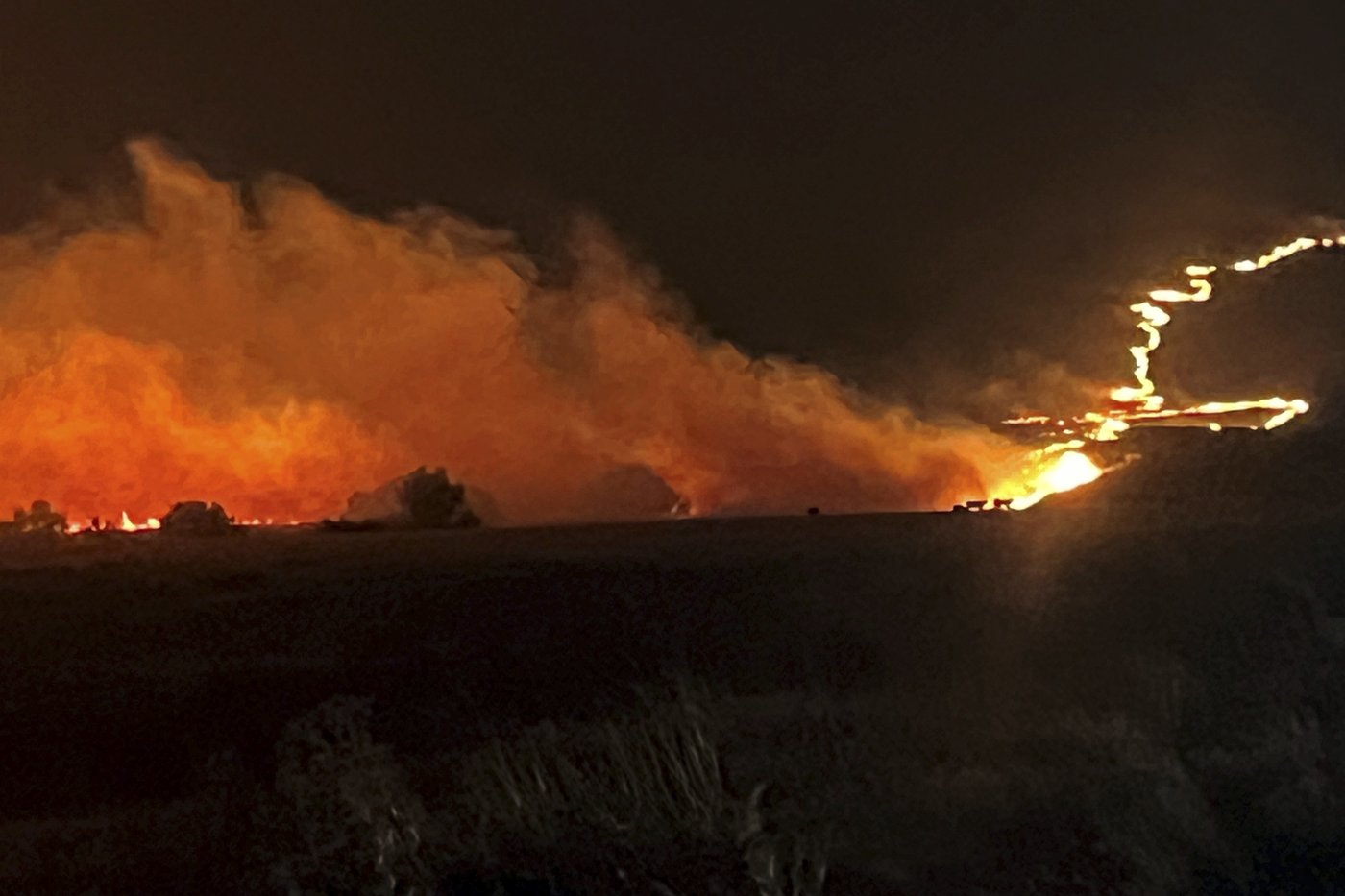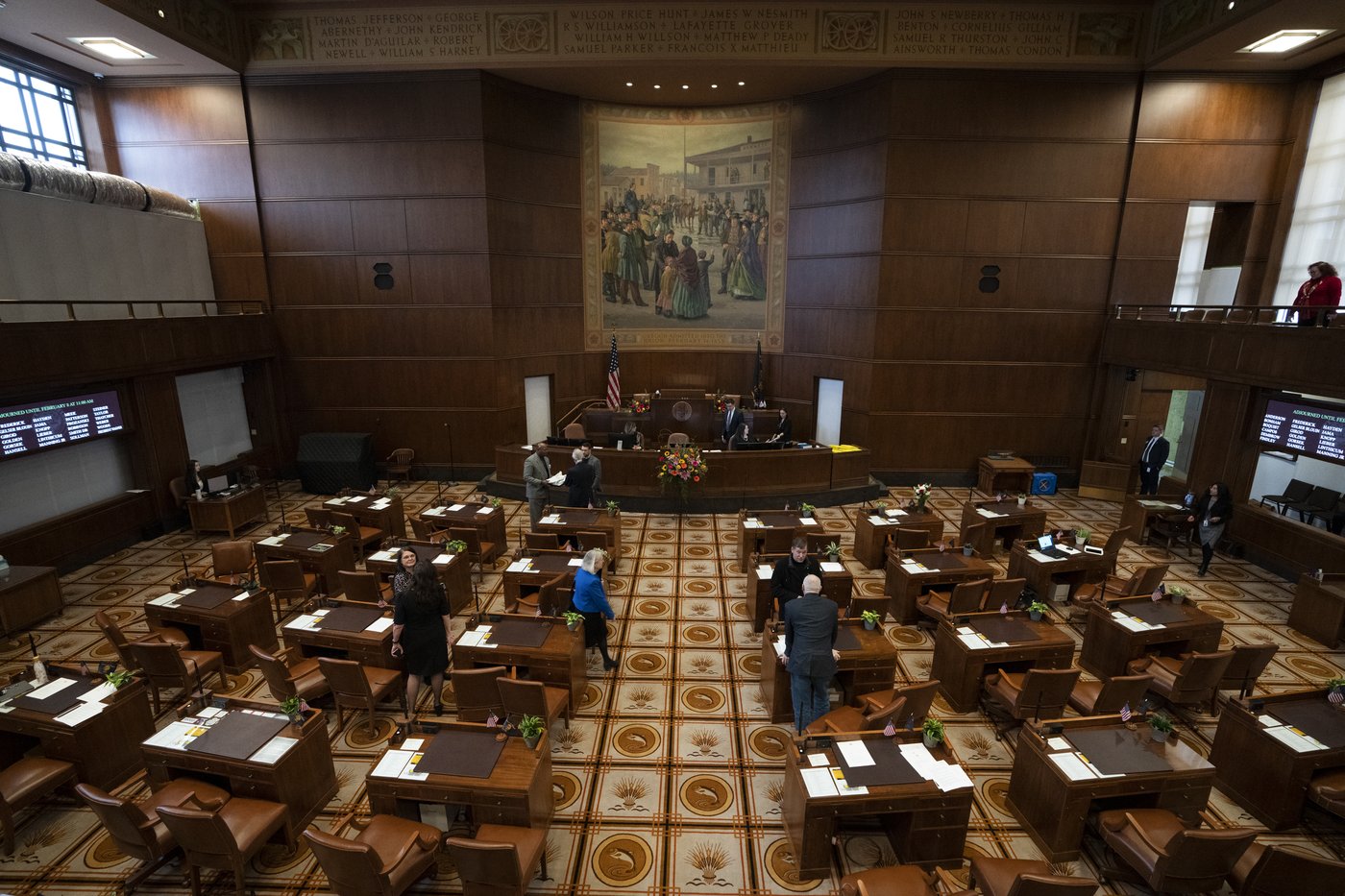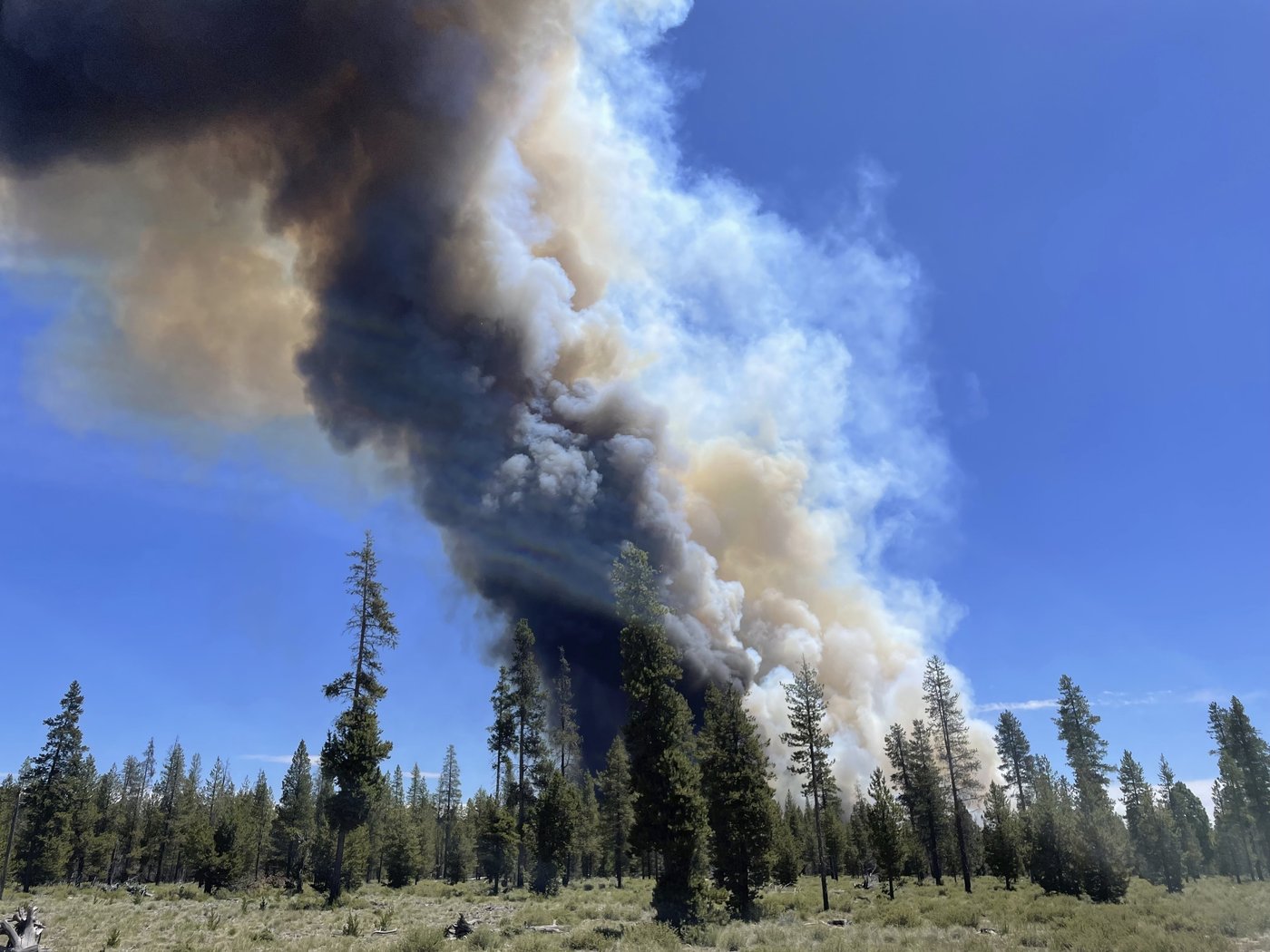Elevate your local knowledge
Sign up for the iNFOnews newsletter today!

SALEM, Ore. (AP) — Oregon lawmakers are convening Thursday for a special session to discuss emergency funding to pay out millions in unpaid bills stemming from the state’s 2024 record wildfire season.
As wildfires still rage in California, Oregon is among several states grappling with steep costs related to fighting wildfires this year. New Mexico lawmakers in a July special session approved millions in emergency aid for wildfire victims, and states including North Dakota and Wyoming have requested federal disaster declarations to help with recovery costs.
Fighting the blazes that scorched a record 1.9 million acres (769,000 hectares), or nearly 2,970 square miles (7,692 square kilometers), largely in eastern Oregon, cost the state over $350 million, according to Gov. Tina Kotek. The sum has made it the most expensive wildfire season in state history, her office said.
While over half of the costs will eventually be covered by the federal government, the state still needs to pay the bills while waiting to be reimbursed.
“The unprecedented 2024 wildfire season required all of us to work together to protect life, land, and property, and that spirit of cooperation must continue in order to meet our fiscal responsibilities,” Kotek said in a late November news release announcing the special session.

Oregon wildfires this year destroyed at least 42 homes and burned large swaths of range and grazing land in the state’s rural east. At one point, the Durkee Fire, which scorched roughly 460 square miles (1,200 square kilometers) near the Oregon-Idaho border, was the largest in the nation.
Kotek declared a state of emergency in July in response to the threat of wildfire, and invoked the state’s Emergency Conflagration Act a record 17 times during the season.
For the special session, Kotek has asked lawmakers to approve $218 million for the Oregon Department of Forestry and the Oregon Department of the State Fire Marshal. The money would help the agencies continue operations and pay the contractors that helped to fight the blazes and provide resources.
The special session comes ahead of the start of the next legislative session in January, when lawmakers will be tasked with finding more permanent revenue streams for wildfire costs that have ballooned with climate change worsening drought conditions across the U.S. West.
In the upcoming legislative session, Kotek wants lawmakers to increase wildfire readiness and mitigation funding by $130 million in the state’s two-year budget cycle going forward. She has also requested that $150 million be redirected from being deposited in the state’s rainy day fund, on a one-time basis, to fire agencies to help them pay for wildfire suppression efforts.

While Oregon’s 2024 wildfire season was a record in terms of cost and acreage burned, that of 2020 remains historic for being among the worst natural disasters in Oregon’s history. The 2020 Labor Day weekend fires killed nine people and destroyed upward of 5,000 homes and other structures.
Want to share your thoughts, add context, or connect with others in your community?
You must be logged in to post a comment.